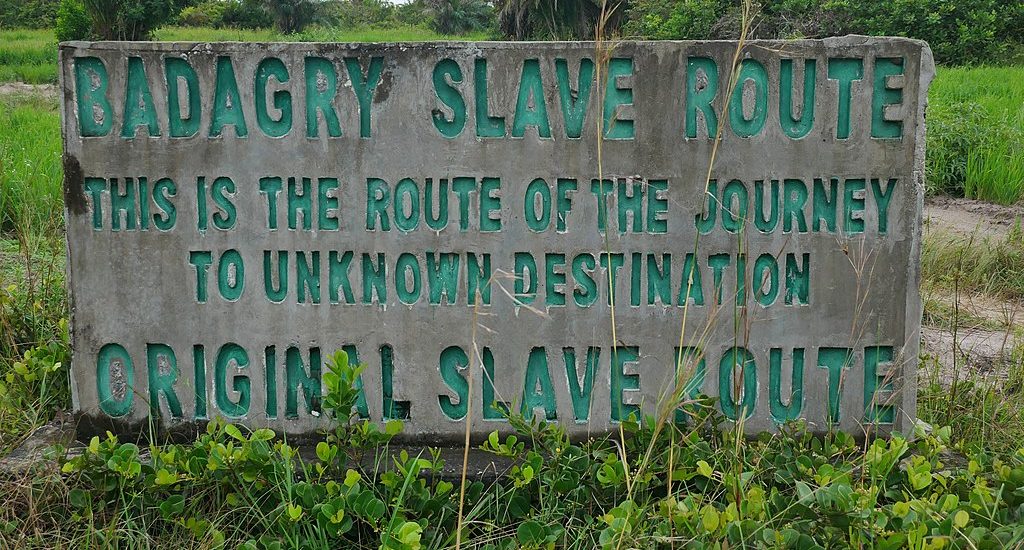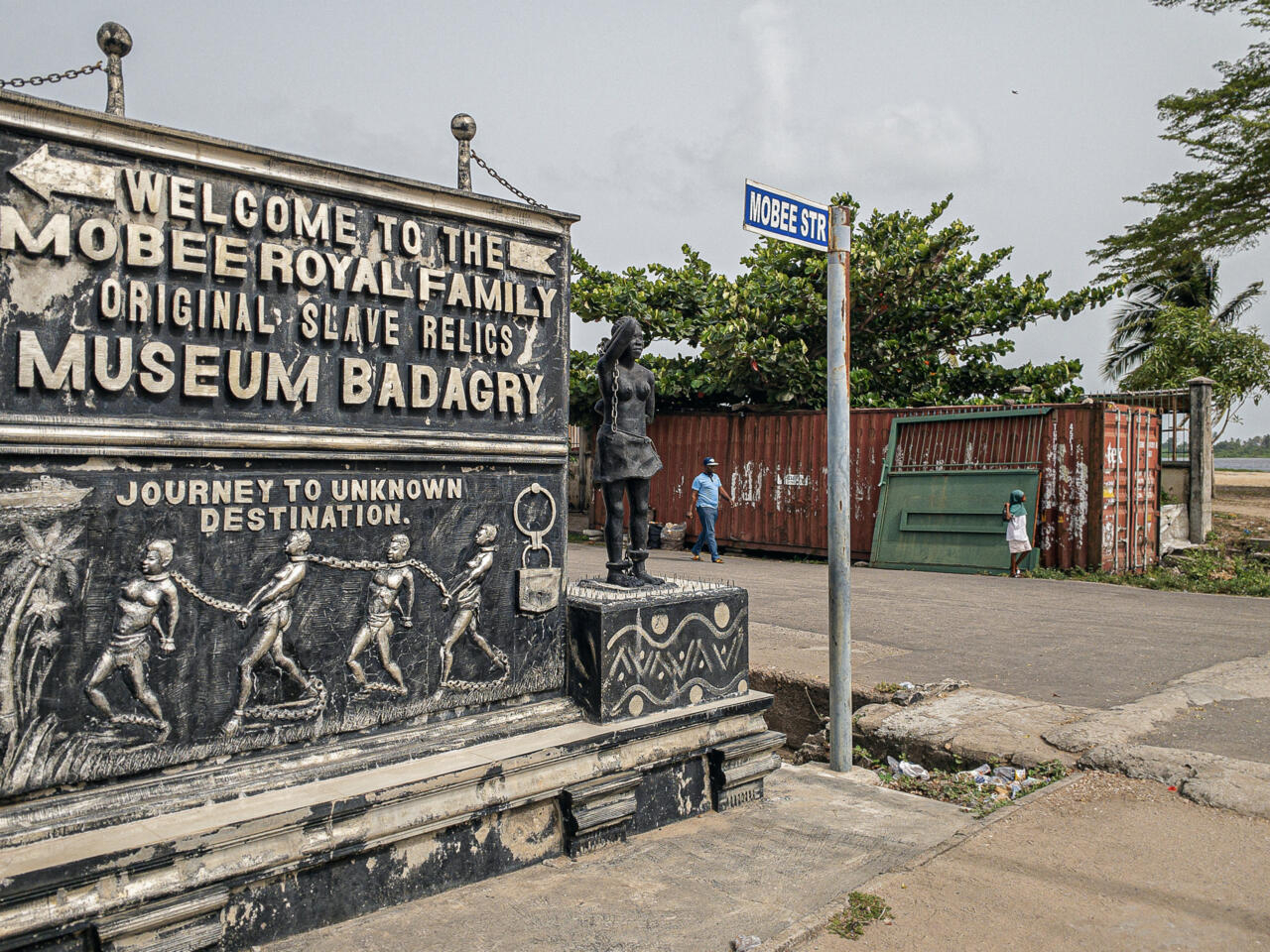Black Liberation: Our Path to Repair
- August 23, 2024
- Posted by: Hub Admin
- Categories: Human Rights, Latest News & Events

By Oge Emodi
The history of Black liberation is deeply intertwined with the fight against slavery, segregation, and systemic racism. Movements such as the Civil Rights Movement, the Black Power Movement, and more recently, the Black Lives Matter movement, have been pivotal in challenging these forms of oppression. The demand for reparations has been a crucial aspect of this journey, seeking to address the enduring economic and social consequences of slavery and racism.
The United Nations designated this day as an International Day to commemorate the tragedy of the slave trade and its lasting impact on humanity. This day serves as a reminder of the past and a call to action in the present. The transatlantic trade in enslaved Africans, which took place between the fifteenth and late nineteenth centuries, involved the horrific trafficking of millions of women, men, and children, primarily from West Africa to the Americas. This forced displacement enriched imperial and other powers, while perpetuating false narratives of white supremacy and racial inferiority narratives that continue to afflict our societies today. Understanding this period is essential to combating its legacies, including racism and prejudice, which continue to shape modern conceptions of race.
To bring this into a contemporary context, the movie Black Panther offers a lens through which we can view these issues. The film opens with an animated sequence narrated by King T’Chaka, T’Challa’s father, explaining the origins of Wakanda. According to this origin story, a meteorite of Vibranium, a fictional metal that is the strongest, most versatile, and valuable substance in the Marvel universe, struck East Africa. Historically, Africa’s wealth has also been its curse, as European (neo) colonial empires and multinational corporations continue to fuel violent conflicts over control of the continent’s natural resources. Wakanda, however, avoided this fate by isolating itself from the world. By concealing its resources, Wakanda allowed the world to believe it was a poor and largely uninhabitable area. Hidden in plain sight, Wakanda thrived as it watched Africa being torn apart by European powers, who enslaved its populations and plundered its wealth.

Parallels can be drawn between “Black Panther” and Nigeria’s challenges. In the film, Wakanda possesses a powerful resource, Vibranium, much like Nigeria’s oil. While Wakanda thrived by isolating itself, Nigeria’s openness has led to exploitation and conflict, with its wealth often fueling corruption and inequality. The challenge for Nigeria is to harness its resources for the benefit of all, navigating global power dynamics and internal governance, much like the dilemmas faced by T’Challa in the movie.
The goal of this year’s theme is to “give people hope, liberation and justice.” It also delves into the enduring struggle for freedom, equality, and justice within the Black community, especially in the face of persistent systemic oppression. The journey towards repair, encompassing reparations, goes beyond material compensation to include the restoration of dignity, identity, and agency for Black people.
For years, many activists have propagated that the path to repair should focus on the following key areas:
Reparations: Financial reparations, such as direct payments or investments in Black communities, are often proposed as a way to rectify the historical injustices of slavery and discrimination. This also includes institutional reforms to ensure equal opportunities in education, housing, and employment.
Cultural Revival: Reclaiming and celebrating Black culture, history, and identity is crucial to the process of repair. This can take the form of education, the arts, and public acknowledgment of Black contributions to society. This is why Black History Month is celebrated every February as a reminder to “take stock of where systemic racism persists and give visibility to people and organisations creating change.”
Mental and Emotional Healing: Addressing the psychological impact of systemic racism through mental health support, community building, and empowerment programs is essential for holistic repair.
Political and Economic Empowerment: Encouraging political participation and economic independence within the Black community is key to ensuring lasting liberation. This may involve supporting Black-owned businesses, advocating for policies that address racial inequities, and building alliances across communities of colour.
However, it is important to emphasise that the journey to repair is not solely the responsibility of Black people. Allies, particularly non-Black people of colour and white people, have a crucial role to play in supporting Black liberation. This involves listening, learning, and taking action to challenge and change the structures that uphold racism.
Black liberation in contemporary times is a complex journey that requires commitment from both individuals and the collective. It is about creating a society where Black people are free, not only from the chains of systemic oppression but are also empowered to thrive in all aspects of life. The journey to repair is ongoing, but with sustained effort and solidarity, the vision of true liberation can be achieved.
